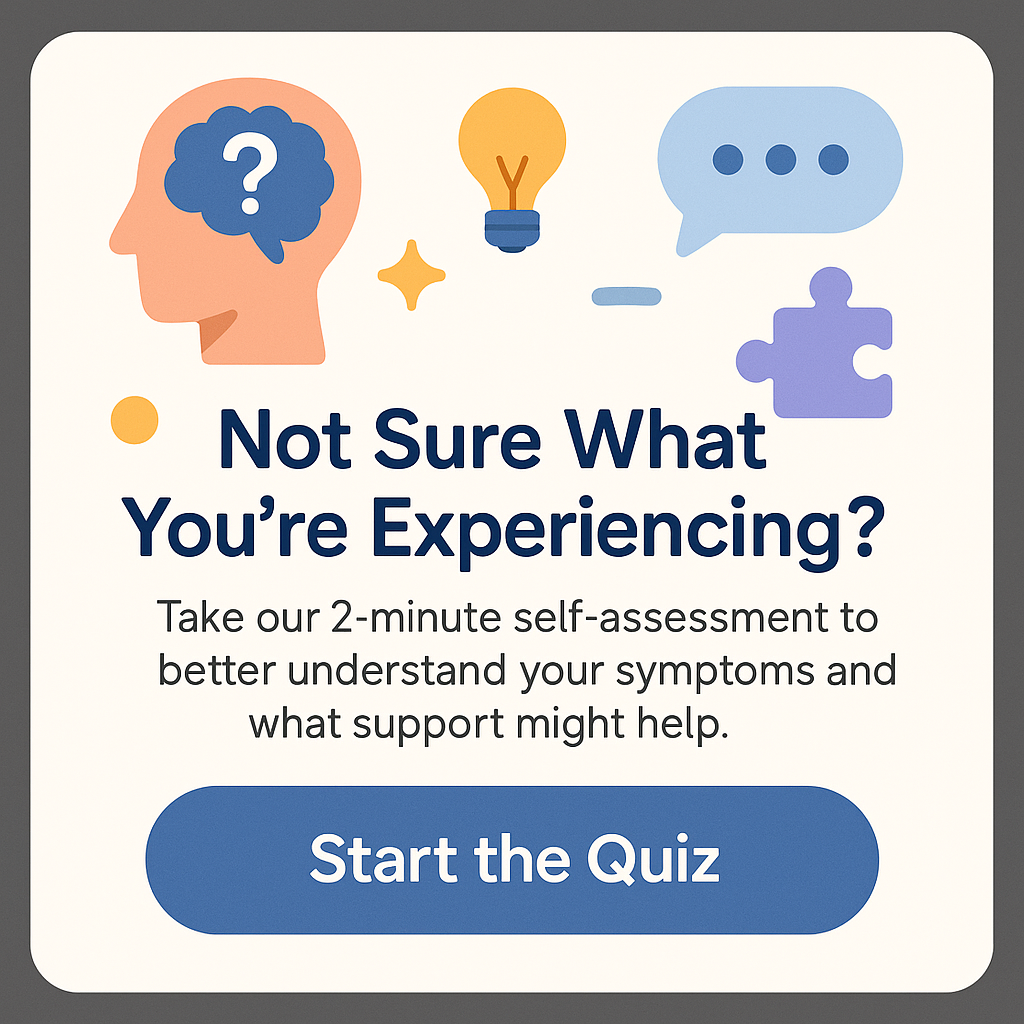Is ABA Good for Autism?
Discover whether ABA therapy is effective for autism. Read on for insights, benefits, and potential drawbacks!
The Basics of ABA Therapy
Applied Behavior Analysis (ABA) has been a cornerstone in the treatment of autism spectrum disorder (ASD) for decades. Developed in the 1960s, ABA focuses on using behavioral principles to improve socially significant behaviors, and its applications are vast. But is ABA good for autism? Understanding how ABA operates can help answer this question.
At its core, ABA therapy involves using reinforcement strategies to teach new skills and reduce problematic behaviors. This is done by breaking down complex behaviors into manageable parts and applying positive consequences for desired behaviors. For instance, if a child learns to communicate more effectively, they may receive praise or a small reward, encouraging them to keep using those skills.
One of the main goals of ABA is to increase functional behavior. This means teaching children and adults with autism the skills they need to navigate everyday situations, like social interactions, self-care, and academic tasks. Many families turn to ABA because it is recognized for its effectiveness when tailored appropriately to an individual’s needs, potentially leading to meaningful improvements in a child’s quality of life. Moreover, ABA is often personalized, with therapists customizing their approach based on each child’s unique strengths and challenges. The flexibility of methodologies—including discrete trial training, natural environment training, and Pivotal Response Training—remains one of the key advantages of ABA therapy.
Research suggests that ABA can significantly promote developmental gains in children with autism, particularly early and intensive interventions. Studies have shown that children who receive ABA therapy often demonstrate improvements in IQ, language skills, academic performance, and social skills. Because of these potential benefits, many parents and guardians are led to explore whether ABA therapy could be a suitable option for their child. However, debates surrounding its ethical implications and effectiveness are ongoing, urging us to examine both sides diligently.
Understanding the Benefits of ABA Therapy
When asking, “Is ABA good for autism?” it’s crucial to consider the numerous benefits associated with the therapy. ABA therapy excels in many areas, including behavioral modifications, language skills, and independence. Here’s a deeper dive into these benefits:
1. Tailored interventions: Every child with autism is unique, with their own set of challenges and strengths. ABA allows for personalized programs that accommodate these differences, ensuring that the child receives the type of support they need. For example, children who struggle with communication can have focused sessions on speech therapy intertwined with ABA techniques.
2. Skill acquisition: Parents often report that children involved in ABA therapy acquire critical life skills at a faster pace. These can include basic self-care tasks like dressing or feeding, alongside more complex social skills like initiating a conversation. Because skill sets are developed using successive approximations, many children experience gradual but marked improvement.
3. Positive reinforcement: At its heart, ABA employs reinforcement techniques to encourage desirable behavior in children. This approach not only helps children learn effectively but also builds their self-esteem. Positive reinforcement techniques mean that children are not solely criticized for not performing a desired behavior but are also praised for their small successes, fostering a love for learning.
4. Parental support and education: Many ABA programs include training for parents and caregivers, teaching them how to incorporate effective techniques into their daily routines. This skill transfer can create a more cohesive learning environment, making it easier for children to generalize what they’ve learned in therapy to real-life situations. This partnership between therapists and families is undeniably beneficial, as it allows parents to play an active role in their child’s progress.
5. Evidence-based approach: The practices and techniques used in ABA are grounded in rigorously validated research. Numerous studies support the efficacy of ABA for enhancing skills in children with autism, making it a well-regarded therapy option among professionals in the field.
While these benefits outline how ABA can be quite promising, it’s also essential to travel further down this path and examine the criticisms and potential limitations of the therapy.
Potential Drawbacks of ABA Therapy
As we evaluate the question, “Is ABA good for autism?” it is important not to gloss over the concerns surrounding this therapy. While ABA therapy can present many advantages, there are also valid criticisms that parents and practitioners should be aware of:
1. Criticism of methodologies: Some detractors argue that certain ABA methods, particularly older ones, can be too focused on compliance, causing stress and anxiety in children. There have been accounts where children felt overwhelmed or pressured to perform tasks under strict conditions, which contradict the very goal of fostering an environment of growth and comfort.
2. Emphasis on normalization: A significant criticism of ABA is that it aims to shape a child’s behavior to fit societal norms. This perspective may lead to an undervaluing of neurodiversity and fail to celebrate the unique traits that children with autism possess. Critics argue for approaches that honor individual differences rather than trying to bring everyone onto the same behavioral spectrum.
3. Lack of emotional focus: Some families find that traditional ABA can overlook essential emotional and mental health components. While behavior change is the focus, without considerations for emotional support and well-being, the benefits may be undermined, leaving a gap in the holistic development of the child.
4. Cost and accessibility: Accessing quality ABA therapy can be financially burdensome and may not be available in every region. Insurance coverage varies widely, and depending on the provider, families may face long waitlists to secure qualified professionals. This can be frustrating, especially for those eager to start therapy as soon as possible.
5. Varied practitioner quality: The effectiveness of ABA therapy can depend significantly on the practitioner. Not all therapists approach the practice with the same level of sensitivity and creativity. Consequently, this inconsistency can lead to varied outcomes for different children, raising questions about the reliability of the therapy overall.
As evident, while exploring whether ABA is beneficial for autism, it’s crucial to weigh both the pros and cons thoughtfully. Families should discuss these factors with trained professionals and come to a decision based on their unique circumstances.
Finding the Right ABA Program
If you decide that ABA therapy might be appropriate for your child, it’s vital to find a program that aligns with your values as a family. Here are some considerations when searching for the right ABA program:
1. Research credentials and experience: Look for programs that have Board-Certified Behavior Analysts (BCBAs) overseeing treatment plans. Credentialed practitioners bring expertise and ethics to the process, ensuring that your child is receiving quality care. It’s essential to review qualifications and inquire about the practitioners’ experience with autism.
2. Observe sessions: If possible, sit in on ABA therapy sessions. This first-hand experience can provide insights into the techniques used and the therapist’s interaction style with your child. Do they create a supportive learning environment? Are they encouraging respect for the child’s feelings? Observing these dynamics can offer clarity about whether the program will suit your child’s needs.
3. Involve your child: Although young children may not play an active role, ask for feedback from older children about their comfort levels in the therapy setting. It’s essential that they feel relaxed, appreciated, and eager to learn in an environment that molds to their way of being.
4. Focus on a holistic approach: Seek programs that embrace a more comprehensive approach to learning, integrating emotional support alongside behavioral training. By valuing emotional health alongside skill acquisition, you foster a harmonious environment that encourages growth both socially and personally.
5. Community and family involvement: A good ABA program recognizes the importance of engaging family members. Check if they offer parent training and opportunities for siblings to learn about autism. This not only aids in creating a supportive home environment but also strengthens family bonds, enhancing the child’s personal growth
In conclusion, determining whether ABA therapy is good for autism requires careful consideration of your child’s individual needs, the program’s focus, and the kind of support it offers. A well-structured ABA program can significantly impact energy levels, emotional well-being, and skill acquisition, enhancing the lives of those affected by autism. Nevertheless, it’s equally crucial to be mindful of the criticisms and challenges associated with this practice, fostering open dialogue about what matters most to you and your family.
Conclusion
So, is ABA good for autism? The answer is nuanced and depends on individual circumstances. Its benefits are significant, but it’s not a one-size-fits-all approach. Families must evaluate the therapy’s insistence on the behavior and whether it aligns with their values regarding emotional growth and self-acceptance. It’s pivotal to keep an open line of communication with therapists and to remain actively involved in your child’s treatment journey. By doing so, you ensure you give your child the best shot at thriving in a world outside therapy—where self-acceptance and personal strengths are celebrated.
FAQs
- What age is best to start ABA therapy?
Early intervention is often more effective, with many starting therapy between ages 2-5. However, ABA can be beneficial at any age.
- How long does ABA therapy typically last?
The duration varies by individual need; some may continue for several years, while others may complete programs in a matter of months.
- Can parents apply ABA techniques at home?
Absolutely! Parent involvement is crucial. Many ABA programs provide training for parents to effectively use techniques at home.
- Is ABA therapy the only option for autism?
No, numerous therapies exist, including speech therapy, occupational therapy, and more, depending on the individual’s needs.
- Does insurance cover ABA therapy?
This can vary significantly by provider and plan, so it’s essential to check specific coverage details with your insurance company.
What is the success rate of aba therapy?







